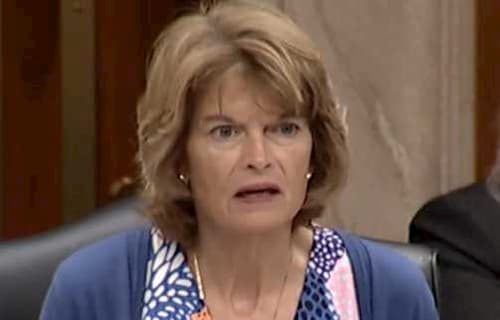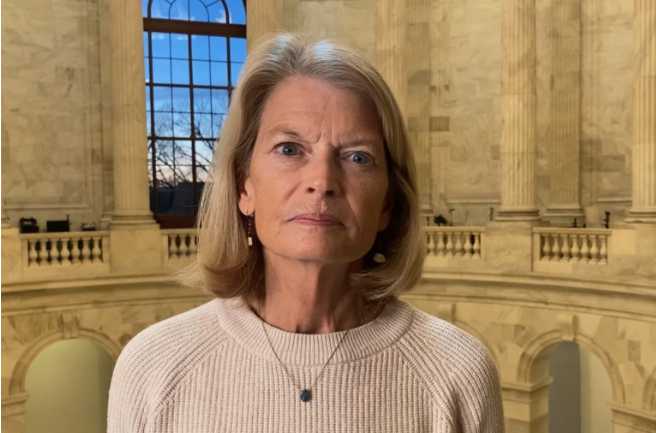
A University of Alaska Fairbanks coastal organization has received a $590,000 philanthropic grant to map rapidly changing watersheds of the Chignik region on the Alaska Peninsula.
The project is in part a response to the region’s repeated salmon fishery collapses, which researchers say are partly due to alterations to fish habitat by shoreline changes and other geomorphic factors.
The region has seen extreme high water levels related to more frequent storm flooding, causing increased erosion that has affected subsistence fishing areas and community infrastructure.
The grant from the Paul G. Allen Family Foundation will also support local workforce development, provide student research opportunities and contribute to expansion of the Chignik Intertribal Coalition, which is co-leading the project. The coalition includes Chignik Lake, Chignik Lagoon, Chignik Bay, Ivanof Bay and Perryville.
The Alaska Coastal Cooperative is led by Chris Maio of the UAF Geophysical Institute. Matthew Balazs, postdoctoral fellow at the Geophysical Institute, is deputy director.
“Great strides have been made through the work of various government agencies to fill critical baseline data sets regarding coastal hazards,” Maio said. “However, there are still numerous gaps in information regarding local topography and bathymetry and historical trends and impacts from erosion and flooding.”
As part of the larger research effort, scientists will study the area to see if coastal terrain changes are connected to the sharp decline in salmon numbers of recent years.
Researchers will look at Black Lake and Chignik Lake, where water levels have dropped recently. Chignik Lake’s low water has affected historic subsistence fishing locations such as Clark River and Hatchery Beach, key spawning areas for salmon.
Redeposition of ash from nearby volcanoes has also reduced Chignik Lagoon’s intertidal zone to narrow channels. The lagoon’s eelgrass and kelp ecosystems serve as critical nurseries where young salmon feed and acclimate to saltwater.
The Alaska Coastal Cooperative formed in spring 2022. It serves Western Alaska, where researchers already had community relationships and where some of the greatest needs exist, but long-term plans call for the cooperative to serve all Alaska’s coastal communities.
“The ACC will serve as somewhat of a matchmaker that links locally identified priorities with the resources and partners they need to address them,” said George Anderson, president of the Chignik Intertribal Coalition. “Through this, communities can become more resilient to climate change, as the problem is much larger than any one village or agency can handle.”
Pages: 1 2







